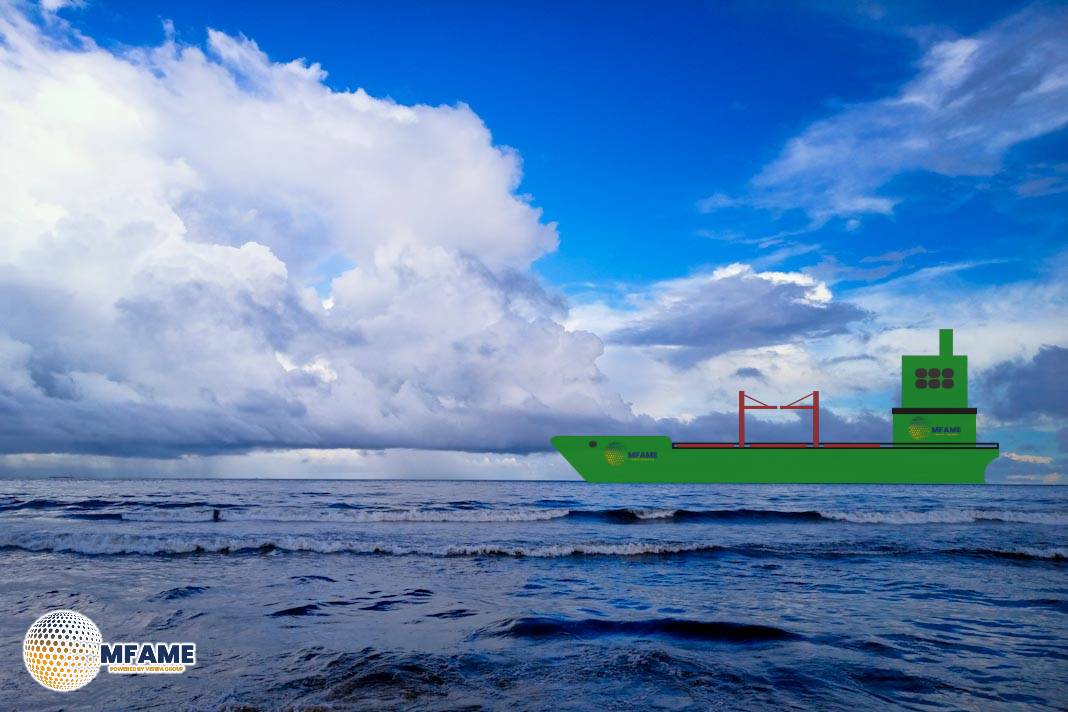- Spot Rates Decline as Asian Gas Consumption Drops, European Demand Rises.
- LNG Stocks: Mixed Performance with Notable Gainers and Decliners.
- Short-Term Stability and a Positive Long-Term Outlook for LNG Shipping.
The UP World LNG Shipping Index (UPI) continues to move sideways, reflecting a market that lacks strong momentum in either direction. With cold weather in Europe, falling spot rates, and LNG tankers shifting routes from Asia, the index remained stable for the third consecutive week, showing only a modest 0.4% increase, reports LNG Shipping Stocks.
UPI vs. S&P 500: Different Market Reactions
While the UP World LNG Shipping Index managed a small gain of 0.65 points, closing at 163.28, the S&P 500 took a different path and recorded a one per cent loss. The prevailing market conditions, including declining spot rates and the redirection of LNG tankers, have shaped the performance of the UPI in recent weeks.
Market Trends and the Influence of Spot Rates
Asian Lunar New Year is leading to lower regional gas consumption that keeps sending tanker diversions into Europe. Regional demand fell as the Asian Lunar New Year lowered regional gas consumption, wrote Reuters’s Marwa Rashad, quoting Davenport Energy Partners’s Toby Copson China’s consumption is down compared to the normal seasonal levels. Meanwhile, Europe is consuming much more than last year because bunkering is surging.
Atlantic spot rates have also gone down to $3,500 while Pacific spot rates decreased to $11,500. According to Spark Commodities, this is a bad time for steam-powered LNG ships as the rates are going down well below the normal operation cost which is at $14,000. According to Greg Molnar of the International Energy Agency, these rates have been unsustainable for long. In fact, the sustainability of the sector is always a question.
Mixed Trend for LNG Players
The UPI remained stable, and all the players, except one or two, barely witnessed price variation. The Asian stocks rallied upwards, while elsewhere in the world, it was a mixed affair. A few stocks showed an upward momentum, while some are still at pain. Capital Clean Energy Carriers (CCEC) moved the most forcefully upwards, breaking its October resistance after going higher by 5.3 per cent. Tsakos Energy Navigation (TEN) was the second best, with a 3.9 per cent advance to reverse the two-week decline. Mitsui O.S.K. Lines (MOL) moved well 3.5 per cent higher and was one of the major players that continue to exhibit the pattern of sideways movement in the long term.
Awilco LNG fell the most, dropping 5.3 per cent as it stayed above its lowest levels since changing over in November from a long-term to a spot contract. Chevron could not overcome resistance and lost 4.2 per cent of its week. Nakilat and Excelerate Energy declined by the same 3.8 per cent, Nakilat correcting from an advance earlier this year and Excelerate moving into a key support point. Dynagas LNG Partners retreated further after its dramatic rally, falling 2.6 per cent but remaining above its opening level. BP levelled off above $31, but its current range remains below the levels seen in the summer of 2024, continuing its downward trend since May.
Market Outlook: Stability with a Positive Long-Term View
The LNG shipping sector remains in a phase of cautious stability, with declining spot rates posing some short-term challenges. However, the overall demand for LNG remains strong, and the long-term outlook for the industry remains positive. Market movements are expected to be influenced by strategic management decisions and potential new long-term contracts, which could provide further clarity in the coming weeks.
Did you subscribe to our daily Newsletter?
It’s Free Click here to Subscribe!
Source: LNG Shipping Stocks
















